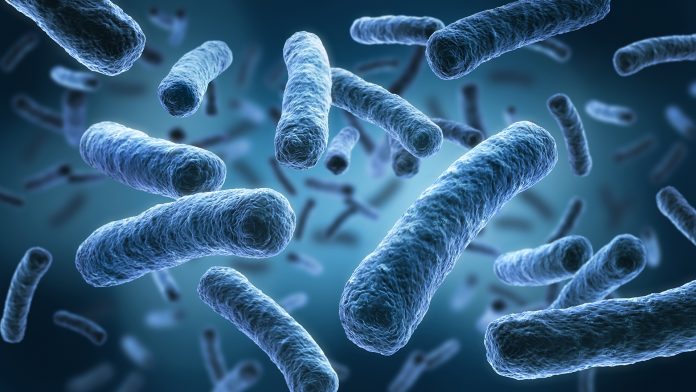
Bacterial perseverance is a new phenomenon that could help explain how bacteria are able to adapt to survive antibiotic treatment.
A team of researchers from Uppsala University in Sweden have published a study on how individual bacteria react when exposed to different forms of antibiotic treatment. The results of the study underline the importance of adhering strictly to antibiotic prescriptions.
The researchers describe the fight against bacterial diseases as a “perpetual arms race between medical scientists developing new therapeutics”. Pathogenic bacteria are continuously changing their genetic makeup to resist and survive antibiotic treatment.
In order to combat this, doctors are encouraged not to prescribe antibiotics to treat trivial conditions, as this makes them more likely they are to become ineffective for treating more serious conditions.
Antibiotic treatment can worsen some patient’s condition
When antibacterial treatment is administered, the high concentration of antibiotics is able to kill most bacteria or stops them from growing almost immediately. Patients often begin to feel better after just a few days of antibiotic treatment. However, this rapid recovery can cause some issues.
The team of Uppsala University researchers have proved that a small fraction of the bacteria can continue to grow, sometimes for up to ten generations.
These are not resistant bacteria. The bacteria can continue to divide itself despite a relatively high concentration of antibiotics, this is due to natural variations in the bacterial strain. However, each cell division provides an opportunity for the bacterium to mutate in a way that makes the strain permanently resistant to antibiotic treatment.
Fortunately, this is a rare occurrence; if patients continue their treatment until the last pill, they will have a strong chance of clearing the infection completely.
“This is a new concept that we call antibiotic perseverance,” explained Gerrit Brandis, a researcher in the group.
“Perseverance describes how a small group of bacteria capable of sustaining growth can accumulate mutations after being exposed to antibiotics. If they are lucky, and the patient unlucky, one of these mutations will allow them to tolerate the antibiotic,” Brandis continued.
Using Artificial Intelligence to fight antimicrobial resistance
When scientists study bacteria, they usually examine the bacterial population as a whole, meaning they study the collective response of a variety of bacteria. As perseverant bacteria are very rare, they have so far escaped attention.
Johan Elf’s lab specialises in the study of individual bacteria and how they react to different stimuli, such as example antibiotic treatment. By using microfluidic culture chips and Artificial Intelligence-based analysis algorithms, the researchers can follow the growth of tens of thousands of individual bacteria in one experiment.
“It’s a powerful tool. Among other things, it shows the importance of not generalising, even when it comes to bacteria,” said Elf, who led the study.










